
Polypropylene (PP)
It is a versatile plastic characterized by high chemical resistance, mechanical strength, and lightness. It is widely used in the production of packaging, medical equipment, automotive parts, as well as fibers and films. Thanks to its versatility and affordability, it is one of the most commonly used materials across various industries
Polyethylene (PE)
It is one of the most popular plastics, known for its high flexibility, chemical resistance, and durability against mechanical damage. It is used in the production of packaging, pipes, films, containers, and industrial components. Due to its various types (e.g., LDPE, HDPE), it finds applications in many industries.
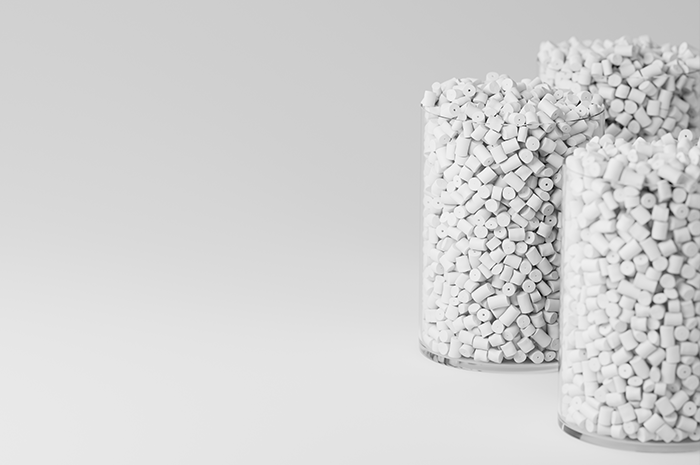

Polystyrene (PS)
It is a lightweight plastic with good insulating properties and ease of processing. It is widely used in the production of packaging, disposable tableware, building insulation, and decorative elements. Its transparency and moisture resistance make it ideal for many industrial and consumer applications.
ABS (acrylonitrile-butadiene-styrene)
It is a durable thermoplastic material characterized by exceptional impact resistance, hardness, and dimensional stability. ABS is valued for its ease of molding and the ability to achieve high-gloss surfaces. It is used in many industries, including automotive (e.g., housings and dashboard components), electronics (device enclosures), toys (e.g., LEGO bricks), and household appliances.
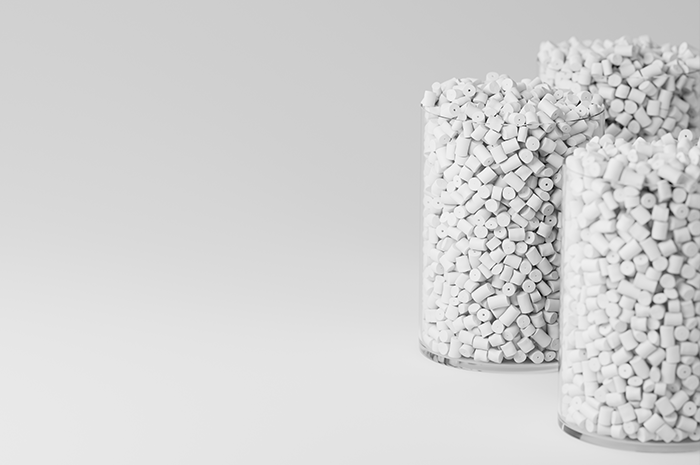
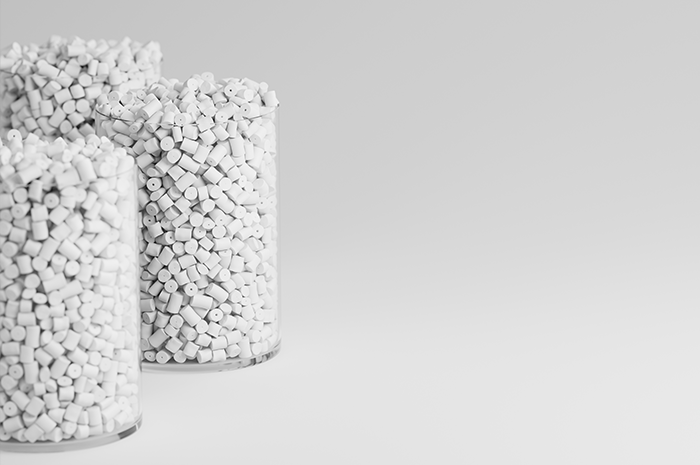
Polycarbonate (PC)
It is an exceptionally durable plastic characterized by excellent impact resistance, optical clarity, and thermal stability. Due to these properties, it finds wide applications in the automotive industry (e.g., headlights), electronics (device enclosures), construction (roof panels), and medical (protective equipment). Polycarbonate is also valued for its ability to be molded into various shapes while maintaining high quality and durability.
Polyethylene terephthalate (PET)
It is a popular plastic known for its light weight, high mechanical strength, and excellent chemical resistance. It is transparent, making it ideal for the production of bottles, food packaging, and films. PET is also easy to recycle, which makes it a valued material in the context of sustainability.
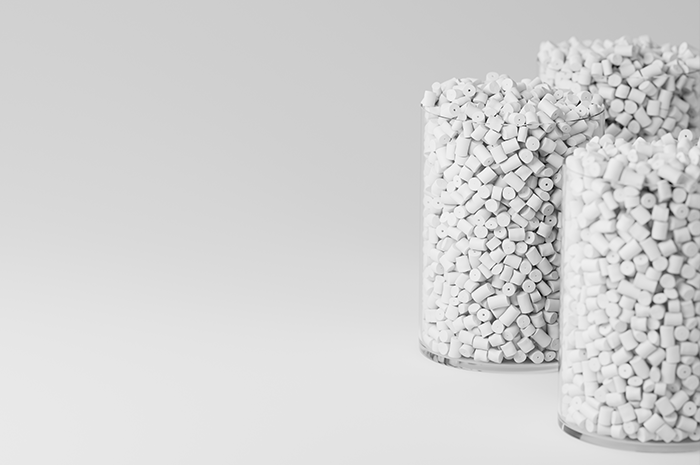
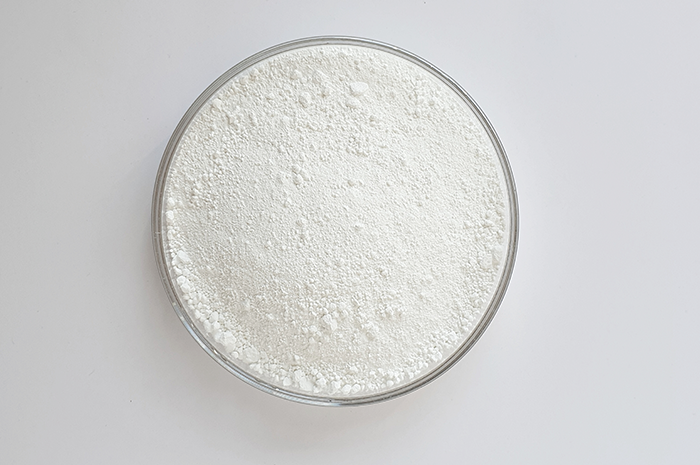
Thermoplastic elastomers (TPE)
Thermoplastic elastomers (TPE), which include SBS, SEBS, TPO, TPV, TPEE and TPU, are a versatile group of polymers with flexible and thermoplastic properties
Titanium dioxide
It is a white pigment with exceptional covering ability and high chemical resistance. It is used in paints, varnishes, plastics, cosmetics, and building materials.
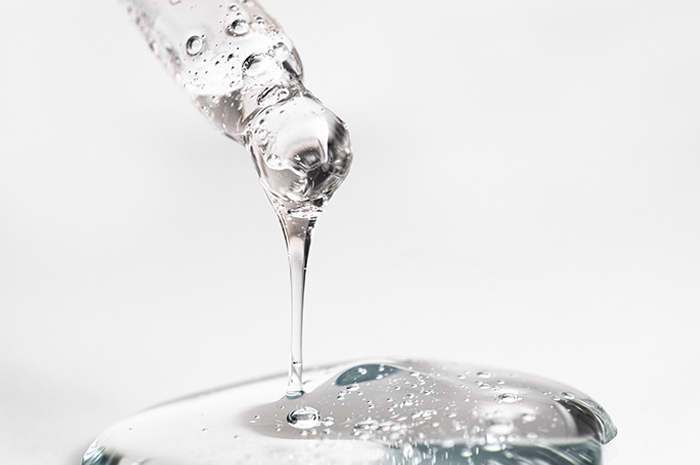
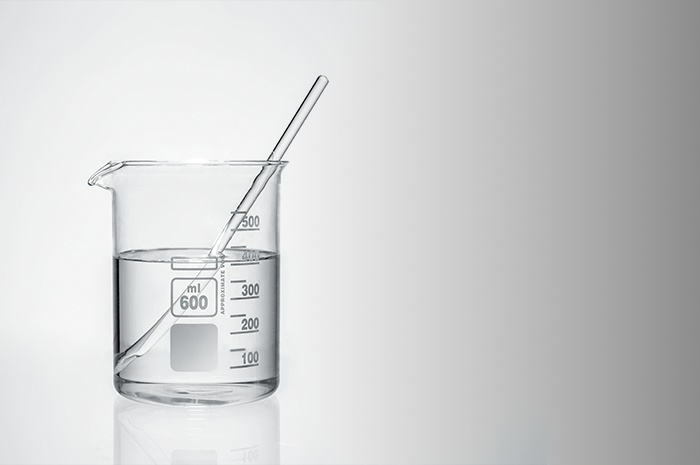
Silicone oil
It is a colorless, transparent liquid known for its high resistance to temperatures and excellent lubricating and hydrophobic properties. It is used in cosmetics, the chemical and medical industries, and as a lubricant.
Polymer OH (poliol)
Polymers containing hydroxyl groups (-OH), which are key components in the production of polyurethanes. They are used in the manufacture of foams, elastomers, and adhesives.
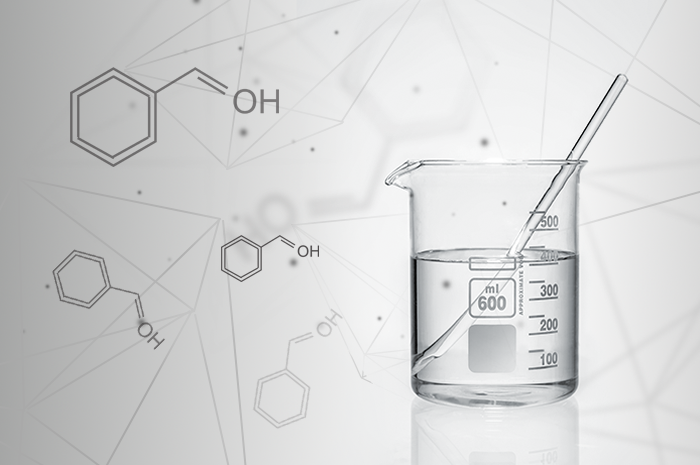
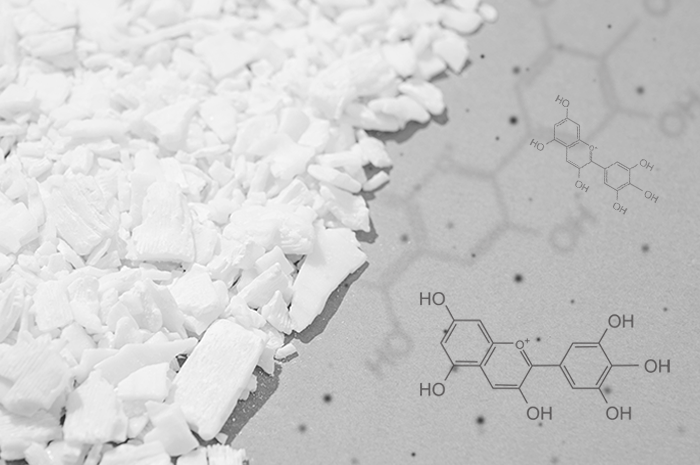
Paraffin
It is a mixture of saturated hydrocarbons that occurs in solid or liquid form, depending on the temperature. It is characterized by high purity, resistance to many chemicals, and wide applicability. It is used in the production of candles, cosmetics, impregnants, and as a raw material in the chemical industry.

